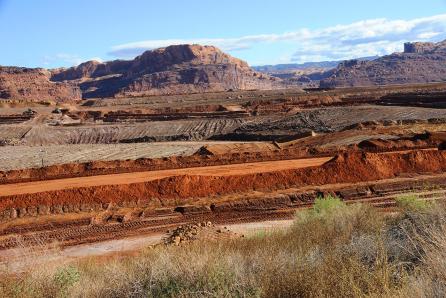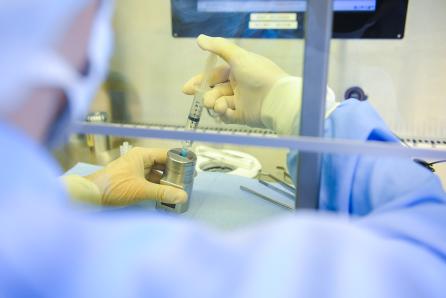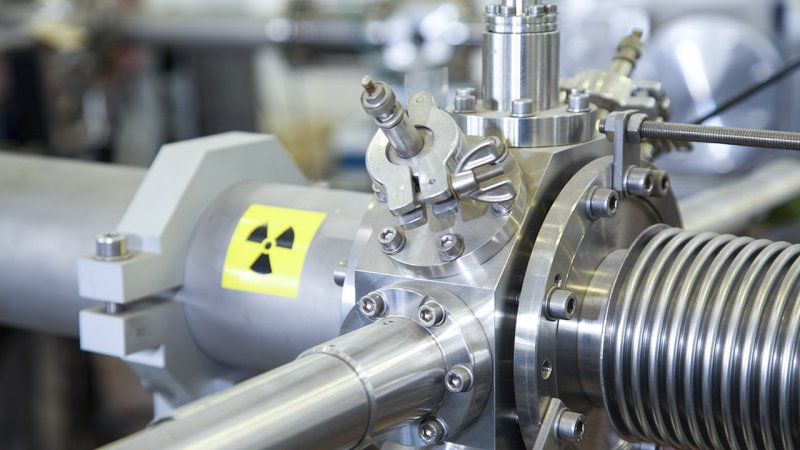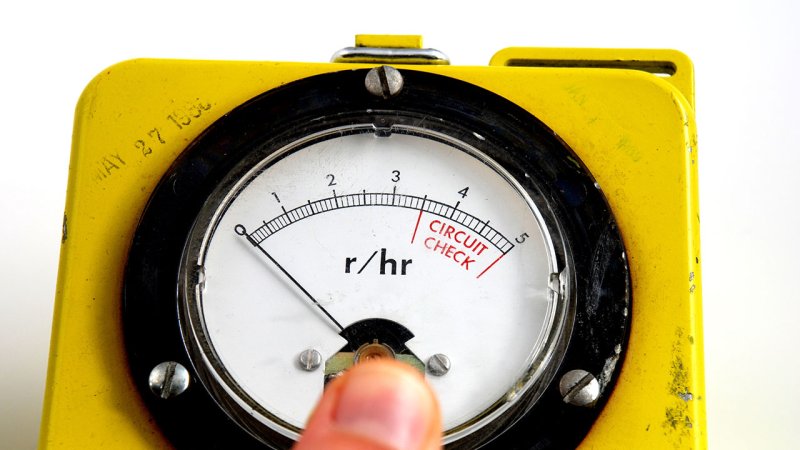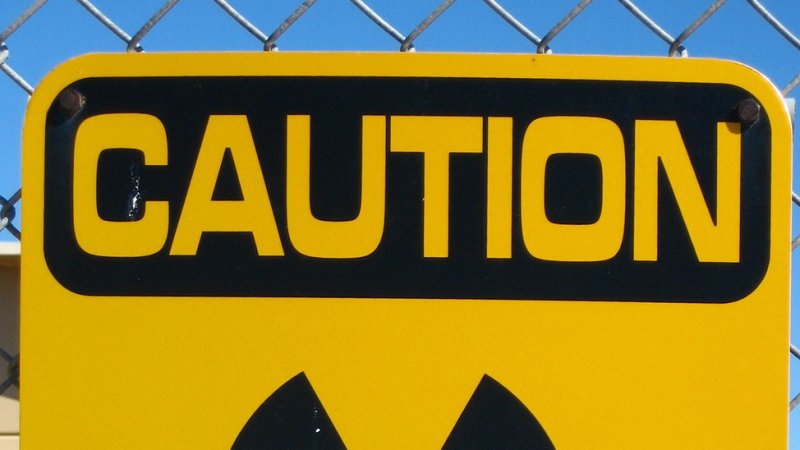
Production of Radioactive Waste
4 min read
Radioactive isotopes are often used as markers. When added to a solution, they can help to detect certain leakages or absorption of drugs. Supplies contaminated by radionuclides become radioactive waste.
Every human activity produces some waste. It is estimated that from hundreds of millions to several billion tons of waste are produced annually. Some waste is dangerous to both humans and the environment because of its toxicity or radioactivity. However, nuclear waste represents just a minor portion of the total amount. Such waste must be handled very carefully and must be safely isolated from the environment. The advantage of radioactive waste is the fact that, unlike toxic waste, its danger decreases with time and after a certain period (usually ten half-lives), it ceases to be dangerous and may be handled as regular waste.
The majority of radioactive waste is not produced by the nuclear energy industry. Such waste is called institutional waste and it is produced by all the more-developed countries in the world regardless of their policies towards the nuclear energy industry.
Nuclear power plant operators deposit part of their profits into a special fund to be used later for waste disposal and for power plant decommissioning.
Nuclear Energy Industry Waste
The most waste in the nuclear power industry is generated by uranium ore mining and its processing. This is primarily the separated spoils and sludge pools. The heaps are not considered to be radioactive waste.
In the nuclear energy industry, the most waste is produced from processing uranium ore. The separated spoils are deposited in spoil banks or in sludge-settling lagoons. It contains about 75% of the original radioactivity of the uranium ore. The waste is covered with soil in order to eliminate the release of radon, but it is not considered to be radioactive waste.
Nuclear power plant operation produces low-level waste (LLW) and intermediate-level waste (ILW). This waste can be solid, liquid or gaseous, and it is composed of radioisotopes separated from the coolant, used filters, contaminated water or oil, etc. After the decommissioning of a nuclear power plant, the activated steel structural elements also become radioactive waste.
Spent nuclear fuel is a high-level radioactive waste (HLW) that must be handled very carefully.
A 1,000 MW nuclear reactor produces 200—350 m3 of LLW and ILW every year, and 20 m3 of HLW, of which only 3 m3 of HLW remain (except packaging) after it is reprocessed. Fossil fuel generating an equal amount of power produces 800,000 m3 of ash, annually.
The annual global production of all the nuclear power plants represents 200,000 m3 of LLW and ILW and 10,000 m3 of HLW.
Proportion of spent nuclear fuel in the activity of all radioactive waste.
Proportion of spent nuclear fuel in the volume of all radioactive waste.
In countries operating nuclear power plants, radioactive waste represents less than 1% of the overall produced toxic waste.
Institutional Waste
The largest producer of radioactive waste, apart from the nuclear power industry, is medicine. Radioisotopes are used for various diagnostic and therapeutic procedures.
Most radioactive waste is not produced by the nuclear power industry: it is produced elsewhere. One of the largest producers is health care because many treatment procedures use radioisotopes. Contaminated gloves, syringes, drug packaging, and the actual therapeutic radiation sources all become radioactive waste.
Radioisotopes are used in many other sectors such as agriculture, industry, scientific research, etc. These sectors also become producers of radioactive waste. About 80% of all radioactive waste is produced outside of the nuclear power industry.




